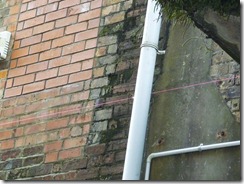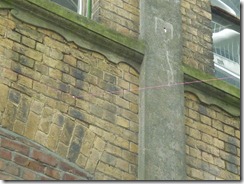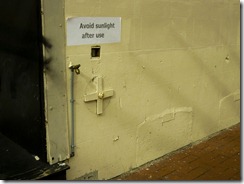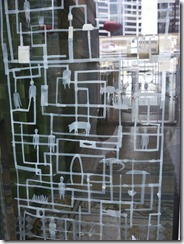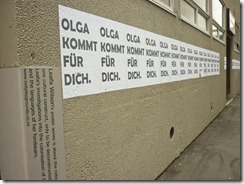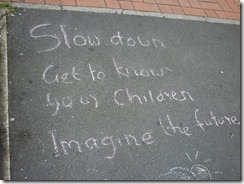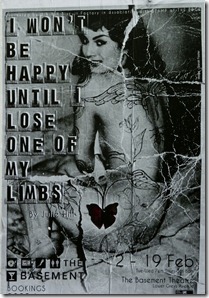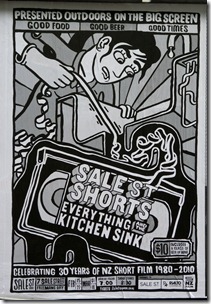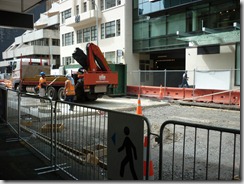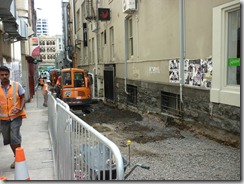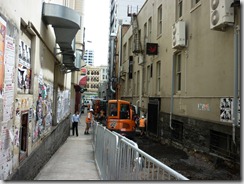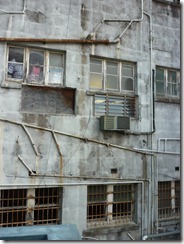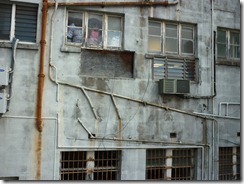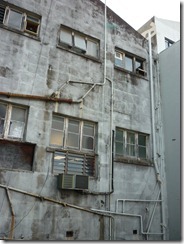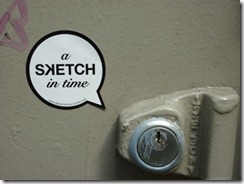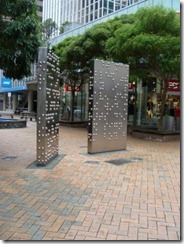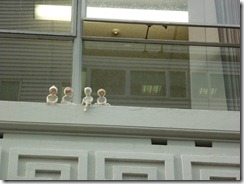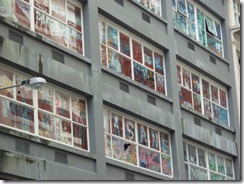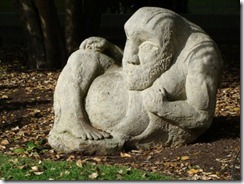
When art is presented in a public place there are implications for the space, for the art and for the viewers.
Works in an art gallery are oft times deemed to be art, purely because of the space that they are housed in.
In 1976 O’Doherty wrote; “An image comes to mind of a white, ideal space that, more than any single picture, may be the archetypal image of 20th-century art. And it clarifies itself through a process of historical inevitability usually attached to the art it contains. The ideal gallery subtracts from the artwork all cues that interfere with the fact that it is "art." The work is isolated from everything that would detract from its own evaluation of itself.”
A typical white walled gallery is perceived as having no context, so that the artworks can be experienced independently from their environment. But this is not the case. Sheikh revisits O’Doherty’s discussion of a gallery space being not just a neutral container, but an historical construct. “The ideal form of the white cube that modernism developed for the gallery space is inseparable from the artworks exhibited inside it. Indeed, the white cube not only conditions, but also overpowers the artworks themselves in its shift from placing content within a context to making the context itself the content.”
So what then when art works are not housed in an art gallery? In the Urban Art Gallery the environment is an enormous factor. The environment is indeed the causal being for the artworks. The environment provides context for the artworks.
'”When art is located outside the gallery, the parameters that define it are called into question and all sorts of new possibilities for thinking about the relationship between art and architecture are opened up". (Rendell, 2006, p. 4)
In a public space art can adopt critical functions and be positioned in such a way that it is possible to question the terms of engagement of the project on the site.
“This type of public art practice is critically engaged; it works in relation to dominant ideologies yet at the same time questions them; and it explores the operations of particular disciplinary procedures – art and architecture – while also drawing attention to wider social and political problems. It might best be called critical spatial practice.” (Rendell, 2006, p. 4)
So artworks that are created for a specific site, or are placed in a site that has resonance with the aims of the work can change the level or type of engagement with the viewer.
What about works that are just there? That have not been purpose built or specially placed for the best viewing position or best lighting? This is the Urban Gallery. The everyday artwork.
O'Doherty, B. (n.d.). Inside the White Cube : Notes on the Gallery Space. Retrieved December 3, 2010, from Society of Control: http://www.societyofcontrol.com/whitecube/insidewc.htm
Rendell, J. (2006). Art and architecture : a place between. New York: I.B. Tauris & Co Ltd.
Sheikh, S. (n.d.). Positively White Cube Revisited. Retrieved October 16, 2010, from Art Agenda: http://www.art-agenda.com/ideas/view/38
